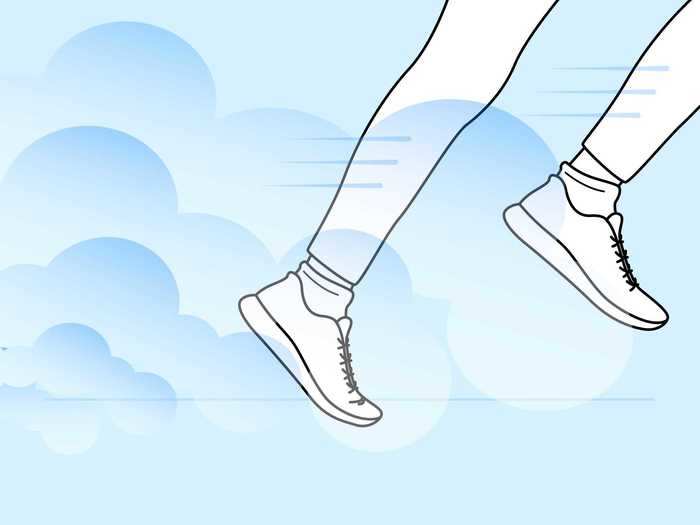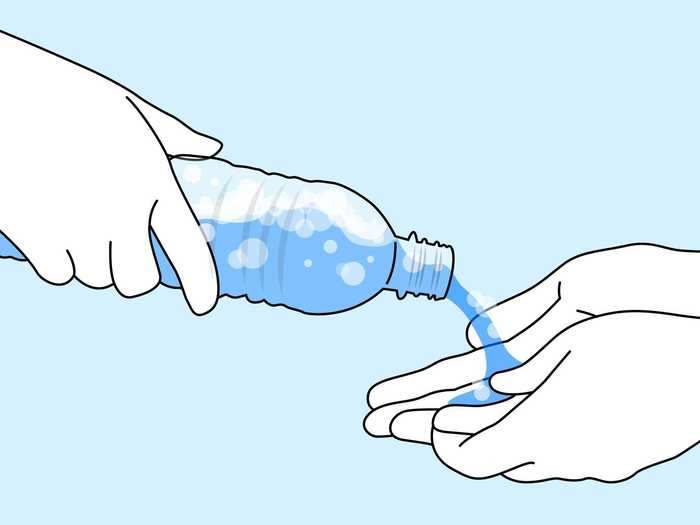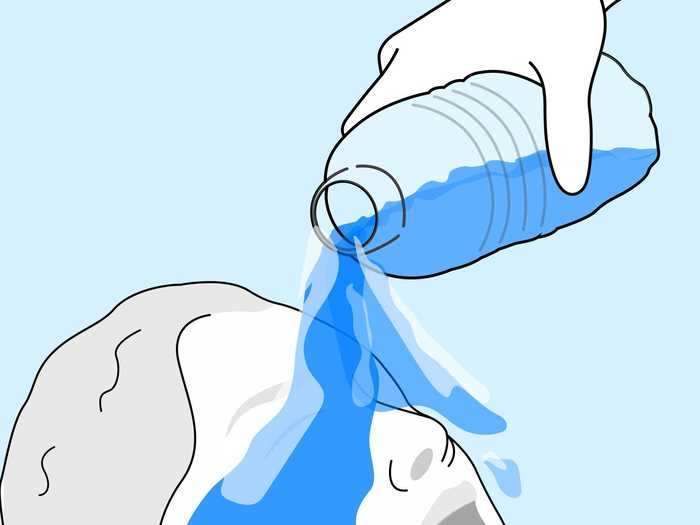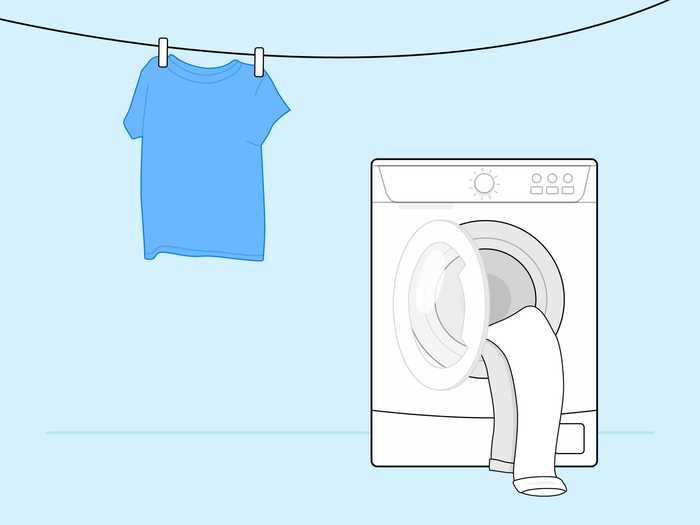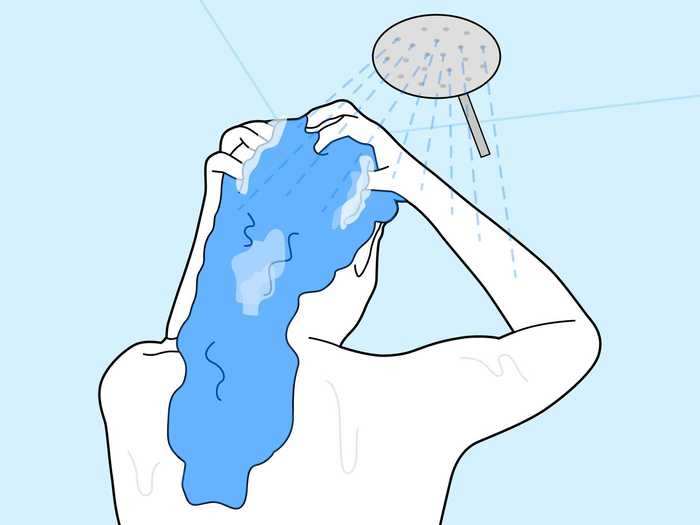Police fired tear gas outside the White House late Sunday as anti-racism protestors took to the streets to voice fury at police brutality, and major US cities were put under curfew to suppress rioting.Jose Luis Magana / Getty Images
- Tear gas was invented a century ago, and has long been used as a weapon to control crowds.
- When tear gas gets into the eyes, it can cause temporary blindness, while exposed skin often gets red and feels like its burning.
- Here's a step by step guide for what to do if you are exposed to tear gas during a demonstration, how to safely remove your clothing, and how to clean up.
Police have used tear gas against protesters in cities across the country this week as people seek justice for the deaths of George Floyd, Breonna Taylor, and other black Americans at the hands of police.
Though tear gas was classified as a chemical weapon in 1993 and banned from use in international warfare, officers are still allowed to use it on civilians in the US.
Tear "gas"is actually not a gas at all — it is a solid, white powder that can be aerosolized when mixed with a solvent. When it's mixed with water, sweat, and oils in our skin, it dissolves into a painful, acidic liquid that makes people cough and sneeze. Heat and humidity often make it feel even worse.
The most important thing to do immediately if you're tear-gassed is to move away from the cloud of gas.
"Stop the exposure," Dr. Rohini Haar, an emergency physician and crowd-control weapons expert with Physicians for Human Rights, told Insider.
Here's a step by step guide on what to do next if you're exposed.
Try to avoid coming in contact with the cloud of tear gas as much as possible. Close your mouth, and (if possible) your eyes, while seeking high ground, away from the chemical powder.
Samantha Lee/Insider
Tear gas will settle to the ground, so moving uphill and picking small children up off the ground helps.
As quickly as possible, wash any riot control agent from your skin with large amounts of soap and cool water. Take extra care to wash and lather your hands well before you touch your face, so you won't hurt yourself again.
Samantha Lee/Insider
"Both tear gas and pepper spray are relatively safe, but they're just incredibly irritating when there are mucosal surfaces [inside the nose, mouth, and eyes] exposed to them," Dr. Dean Winslow, an infectious disease physician at Stanford Health Care, told Insider.
"Even on the skin, it can cause local irritation."
If your eyes are burning or your vision is blurred, take off your glasses and take out contacts with clean hands, then rinse your eyes with plain water for several minutes.
Samantha Lee/Insider
Tilt your head so water rushes over your eyes instead of splashing your face.
"Even if it's just someone spraying you off with a hose and trying the best you can to wash it out of your eyes," Winslow said.
Make sure the water is clean in order to avoid infection.
(In a pinch, you can use other liquids that you have on hand — like milk — to rinse off, but they're not inherently any better for tear gas exposure than fresh water, and probably aren't as sterile.)
Clean your glasses thoroughly before putting them back on. Do not re-use contacts.
Take off clothing that may have the chemicals on it as soon as possible, and leave other soiled items like shoes outside to air out.
Samantha Lee/Insider
It's a good idea to wash exposed clothes separately from your other laundry.
"The stuff can linger and last. It's not a gas that just vaporizes, it's actually a powder," Haar said. "So it can get stuck in the cloth, it can get stuck on your shoes, in your lungs. So it's best to get out of it, and then get cleaned up."
Shower when you get home, using cool water to avoid further irritation. Do your best not to breathe in more tear gas during the shower, and keep your eyes closed. Wash your hair especially well.
Samantha Lee/Insider

